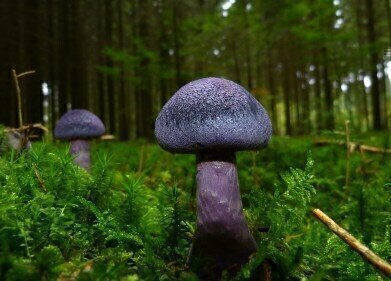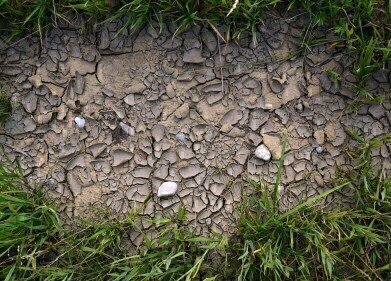Bioremediation
Is Pollution Killing Trees?
Aug 01 2018
A new study conducted by Imperial College London in conjunction with the Royal Botanic Gardens in Kew has found evidence that excessive levels of pollution may be resulting in tree malnutrition across Europe. By overloading the fungi which provide trees with important nutrients, the pollution could be responsible for an arboreal epidemic.
Give and take
While many of us many subconsciously have negative connotations associated with fungi, they can actually provide many beneficial services to the natural world. Not only do they gather nutrients like nitrogen, potassium and phosphorus from the surrounding soil and distribute these to nearby trees and organisms, but they can even help with bioremediation of contaminated soil.
The nutrient-distributing fungi are known as mycorrhizal fungi and receive carbon from the trees in exchange for their services. The symbiotic relationship between the pair is instrumental in maintaining a robust health for both, ensuring all parts of the tree receive adequate nutrition. However, horticulturalists across Europe have noted something of a blight affecting trees of late, with discoloured and wilting leaves some of the symptoms. Until now, they were unsure of the root cause, though this latest study appears to shed some light on the problem.
Too much of a good thing
Published in the scientific journal Nature, the study encompassed 13,000 soil samples taken from 137 forestry locations in 20 different European nations, totalling more than 40,000 root analyses. The team found that although the aforementioned nutrients are beneficial to both fungi and tree in moderation, too much of them can be a bad thing.
In particular, it is believed that some strains of fungi are being overwhelmed by excessive levels of nitrogen, meaning that more tolerant species are able to flourish. However, these species appear to also be more parasitic, taking carbon from the tree but giving little back in return. This, the authors believe, could be a possible explanation for the recent spate of cases of tree malnutrition which has been observed all across the bloc.
Lowering the threshold
The authors also believe that their findings are indicative that current pollution thresholds in the EU are too high, adversely affecting plant life. “In North America the limits are set much lower, and we now have good evidence they should be similar in Europe,” explained Dr Martin Bidartondo, lead researcher on the study. “For example, current European nitrogen limits may need to be cut by half. Our trees in Europe are not more tolerant than those in North America – their fungi are just suffering more.”
Dr Bidartondo and his cohorts were quick to stress that the study should not be taken as definitive proof of their theory, but rather as the springboard from which to launch further investigations into the relationships between soil, pollution and plant health. Indeed, one related area which has been attracting attention of late is the occurrence of asbestos in soils and how best to deal with it once it has been identified.
Events
Jun 17 2025 Guangzhou, China
Singapore International Water Week Spotlight 2025
Jun 23 2025 Singapore
Jun 25 2025 Sao Paulo, Brasil
Jul 02 2025 Bangkok, Thailand
Jul 02 2025 Bangkok, Thailand














